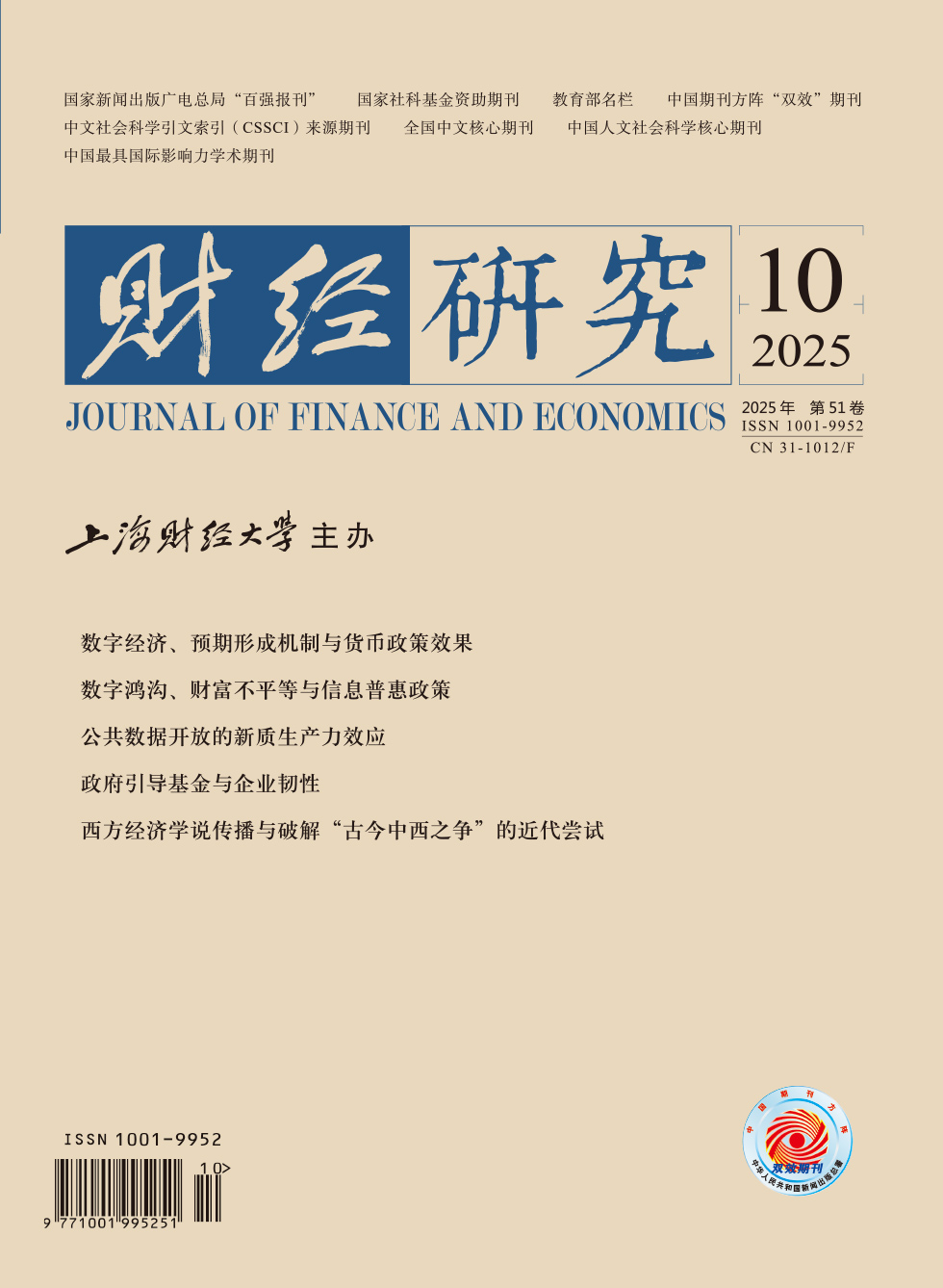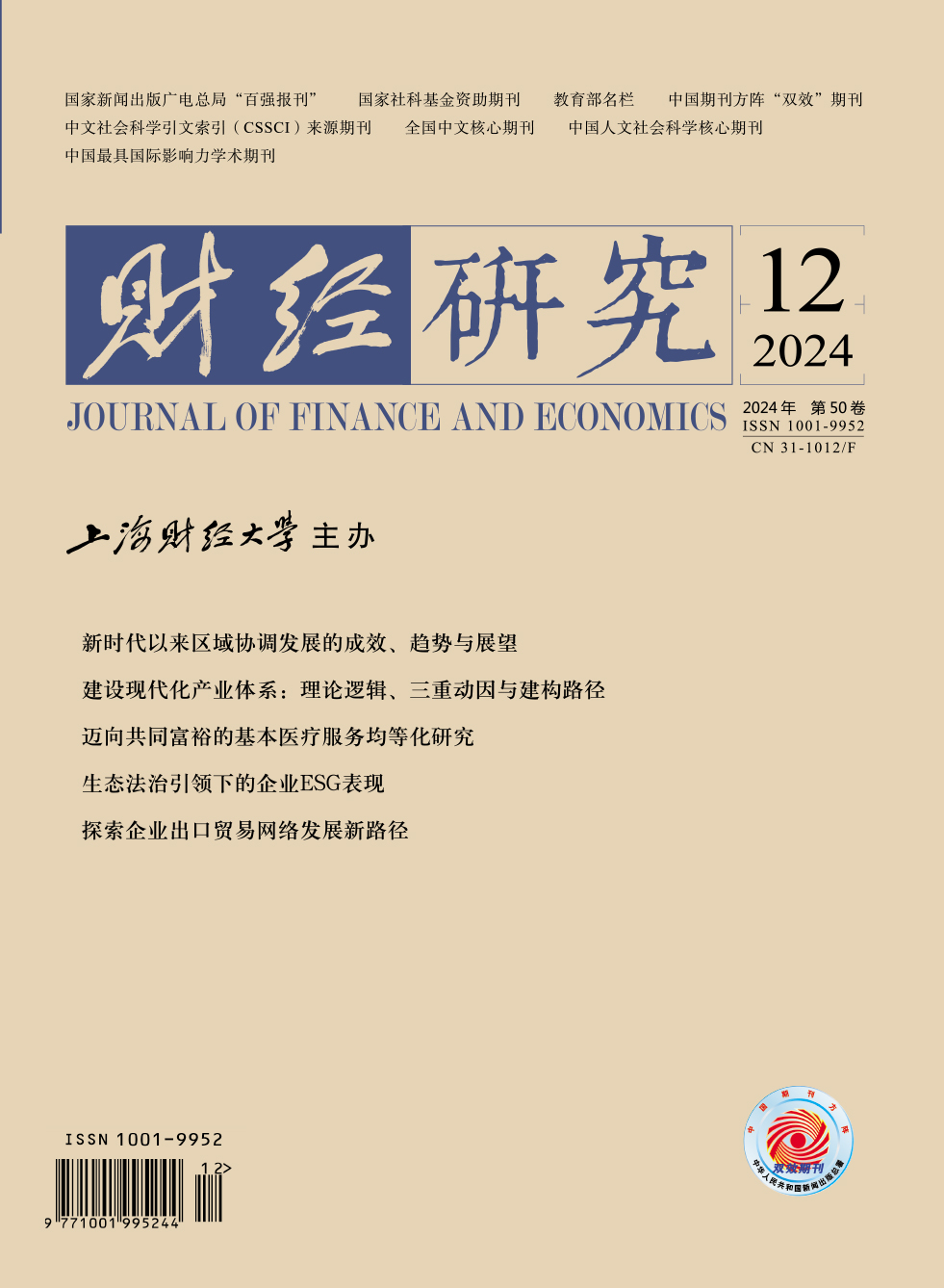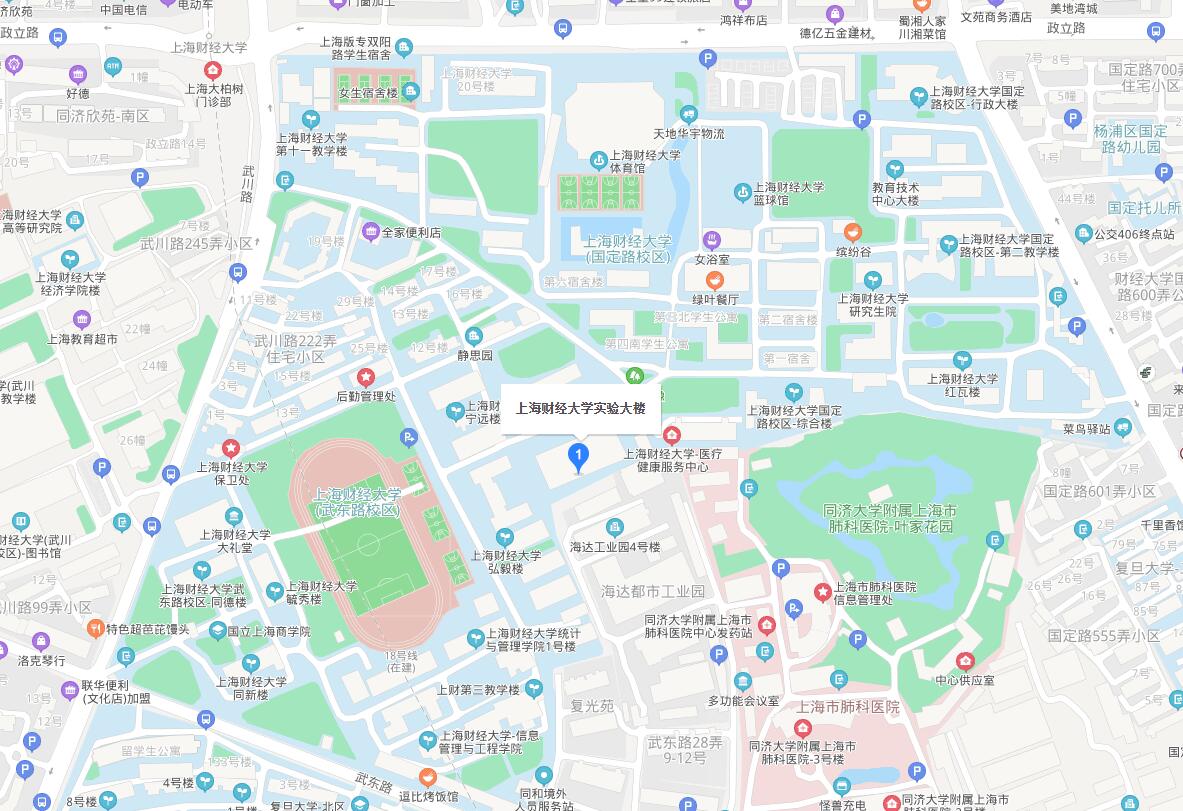The compensation of the Western chairman is generally lower than that of the CEO, but in Chinese private enterprises, the opposite is true. Based on the unique context of personalized transactions in China, large shareholders usually own and develop important specific assets. The fundamental role of these specific assets in the value creation process, as well as the information and knowledge they provide, makes chairman compensation a constraint and incentive tool for executive compensation.
This paper finds that in Chinese private enterprises, chairman compensation is a constraint tool for executive compensation, manifested as chairman compensation being significantly higher than executive compensation; chairman compensation is an incentive tool for executive compensation, manifested as significantly higher performance sensitivity of executive compensation than that of chairman compensation. The mechanism test supports the significant impact of large shareholders’ specific assets on this tool. The economic consequence test finds that, although this tool reduces the growth rate of executive compensation and first-class agency costs, and improves management efficiency, it hinders the introduction of management talents, and the transformation and innovation of enterprises.
The contributions of this paper are as follows: First, it discusses for the first time the constraint and incentive effects of chairman compensation on executive compensation in Chinese private enterprises, and provides an explanation based on large shareholders’ specific assets, providing a framework of “chairman-executive compensation theory” in the Chinese context for understanding the differences in compensation contracts between China and the West. Second, it introduces China’s personalized transactions and the theory of large shareholders’ specific assets into compensation contracts, expanding the research of property rights theory in the compensation contract design. Third, it presents the low-cost solution to the first-class agency issue in China, enriching the governance of the first-class agency issue. Fourth, it measures the importance of large shareholders’ specific assets from the four dimensions of generation process, content, holding form, and stability, overcoming the difficulties in the research of large shareholders’ specific assets through an innovative research design. Fifth, it provides an observation perspective based on compensation contracts for understanding the management characteristics of Chinese private enterprises.





 3134
3134  5309
5309

